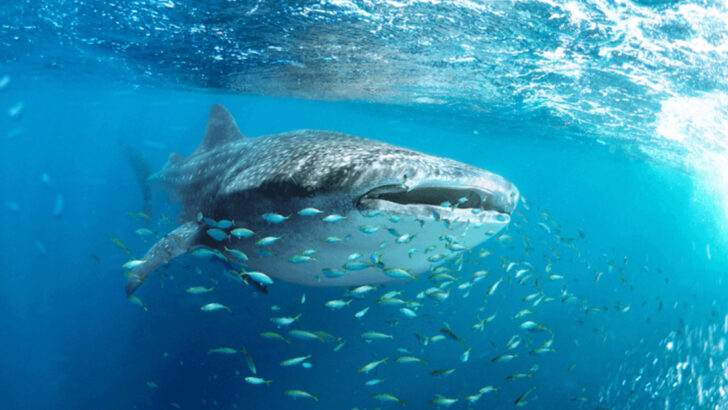They’re massive. They’re majestic. And they look like something out of a dream. Whale sharks are the biggest fish in the sea—but don’t let their size fool you. These spotted giants glide through the ocean like underwater clouds, calmly scooping up plankton and charming every diver lucky enough to meet them. They don’t chase. Just one look at those galaxy-patterned backs and wide, sleepy grins, and you’re hooked for life. So what is it about whale sharks that makes people fall head over flippers? Let’s dive into the world of these gentle giants—and see why they’re stealing hearts in oceans around the globe.
Size and Magnitude
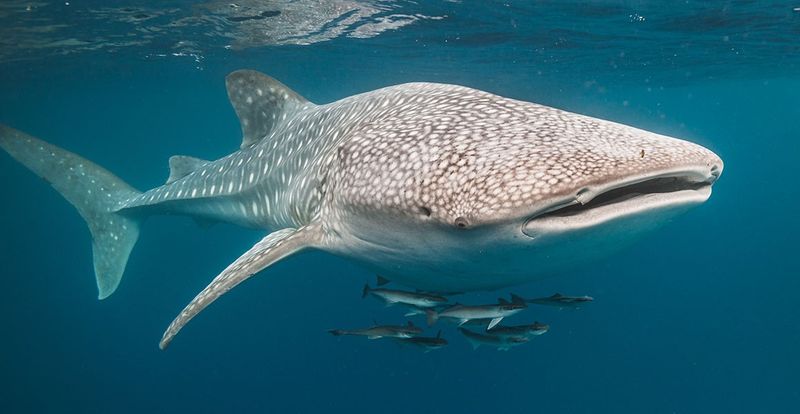
Whale sharks are the largest fish species, often growing over 40 feet long. Their size is truly mesmerizing, making them a marvel in the ocean. Despite their enormous size, they glide through the water with a gentle grace.
Their spotted patterns are unique to each individual, much like human fingerprints. This helps researchers identify and track them in the wild. Observing a whale shark in its natural habitat is a humbling experience, offering a glimpse into the majesty of the ocean’s depths.
Their sheer magnitude draws awe and admiration from all who encounter them.
Feeding Habits
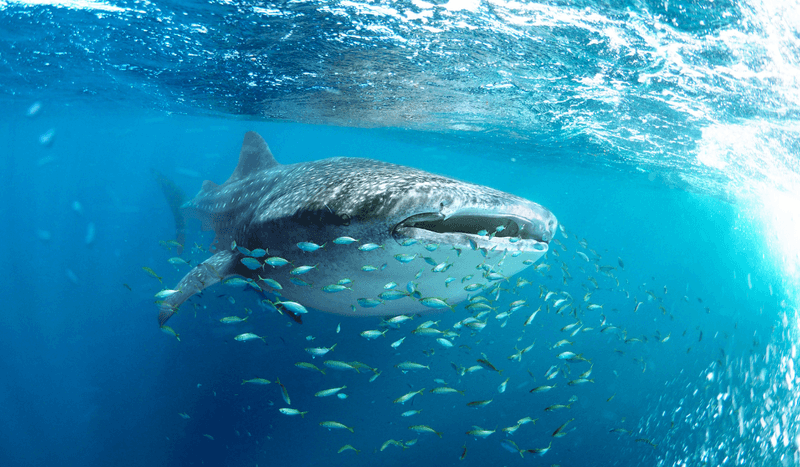
Have you ever wondered how such a giant creature sustains itself? Whale sharks feed primarily on plankton, filtering these tiny organisms through their wide mouths.
Their feeding technique, known as filter feeding, allows them to consume large quantities of plankton each day. This process is fascinating to observe, as they swim close to the water’s surface.
Their peaceful feeding habits showcase a gentle side to their nature, often attracting curious divers to witness this underwater spectacle. By simply gliding through the ocean, they sustain themselves in harmony with their environment.
Habitat and Range

Whale sharks are found in warm, tropical oceans worldwide. They prefer equatorial waters, often migrating thousands of miles each year.
Their extensive range includes the Indian Ocean, Pacific, and Atlantic, where they follow the abundance of plankton. This migratory behavior is crucial for their survival, aligning with the changing seasons.
The mystery of their long migrations fascinates scientists, who use satellite tracking to uncover their travel secrets. Understanding their habitat and range helps in conservation efforts, ensuring these gentle giants continue to thrive in the world’s oceans.
Reproduction and Lifespan
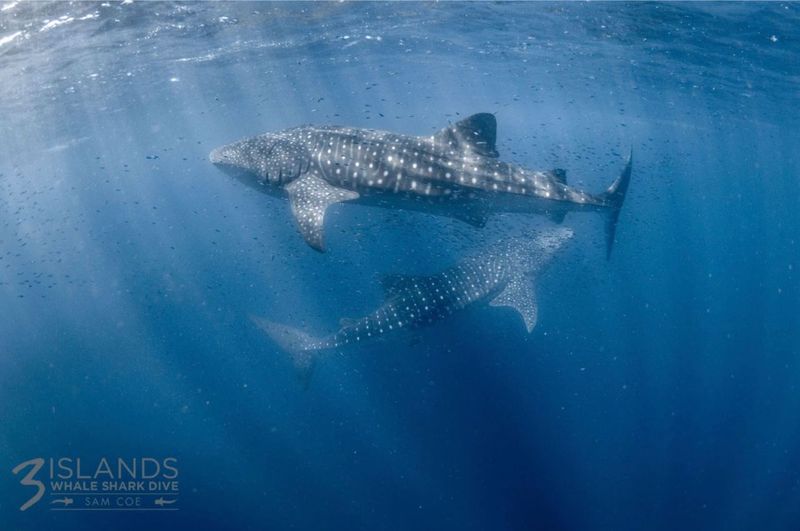
Whale shark reproduction remains one of the great mysteries of the ocean. They are ovoviviparous, giving birth to live young.
A single female can carry hundreds of eggs, yet only a fraction of these will survive to adulthood. Their lifespan is estimated to be around 70-100 years, allowing them to mature slowly over decades.
Understanding their reproductive processes is vital for conservation efforts, as their long lifespan makes them vulnerable to environmental changes. Scientists continue to study these gentle giants to unlock the secrets of their early life stages and secure their future.
Human Interaction
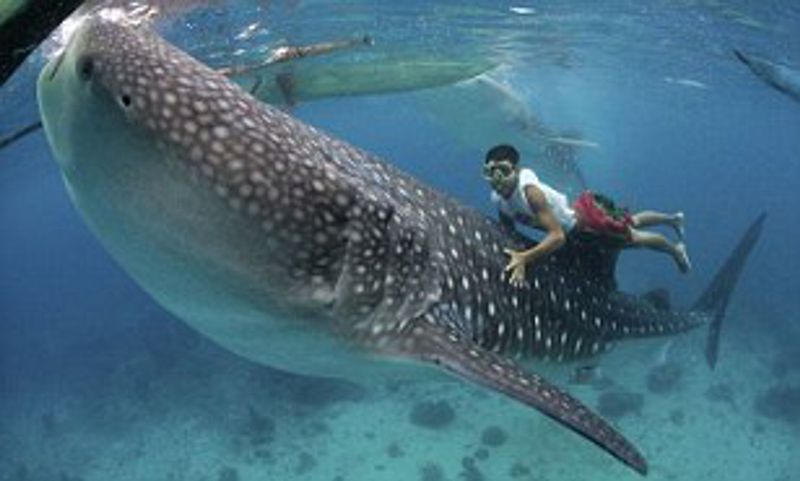
Swimming with whale sharks is a popular ecotourism activity, offering a unique opportunity to connect with nature. These interactions are carefully regulated to ensure the safety of both humans and sharks.
Many coastal communities benefit from whale shark tourism, promoting conservation efforts and local economies. Observing these giant fish up close fosters a deep appreciation for marine biodiversity.
However, respectful interaction is crucial, as disturbing their natural behavior can have negative impacts. Responsible tourism allows us to admire these gentle giants while ensuring their habitat remains protected for future generations.
Unique Spot Patterns
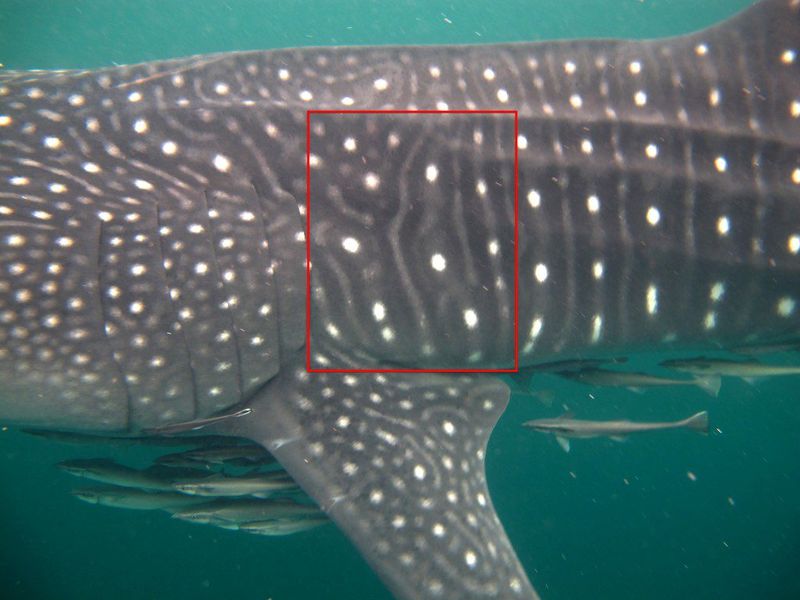
Each whale shark boasts a distinctive pattern of spots and stripes, setting them apart from one another. These patterns are like fingerprints, unique to each individual.
Researchers use these patterns to identify and monitor individual sharks, aiding in the study of their behavior and movements. Advanced technology, such as pattern-recognition software, has revolutionized how scientists track these magnificent creatures.
The beauty of their skin is not just superficial; it serves as a key to unlocking the mysteries of their life in the ocean. This unique trait adds to their allure and mystique.
Conservation Efforts
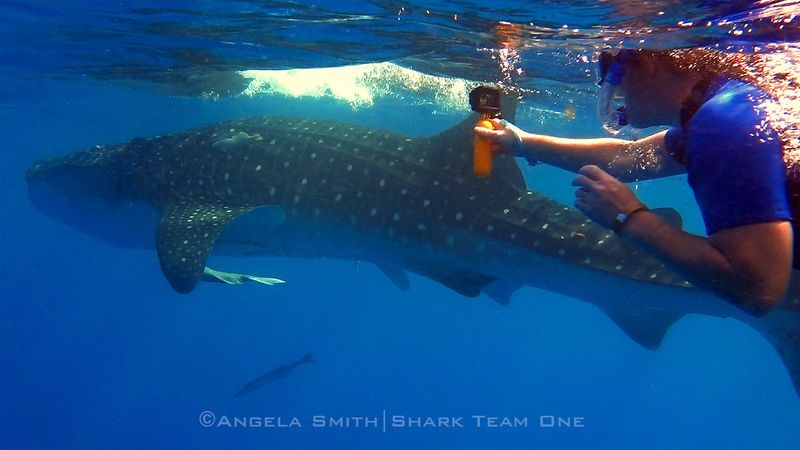
Conservationists around the world are dedicated to protecting whale sharks. These majestic creatures face threats from habitat destruction and fishing activities.
Tagging and satellite tracking are tools used to monitor their movements and understand their needs better. Public awareness campaigns and regulations have been introduced to safeguard their future.
International collaboration is key, as whale sharks traverse international waters. Protecting these gentle giants requires a global effort, combining science, policy, and public support. Ensuring their survival is not just an ecological responsibility but a testament to our commitment to preserving the world’s natural wonders.

